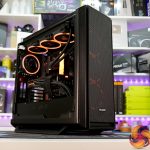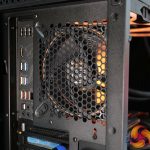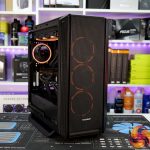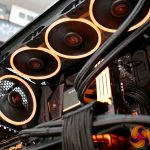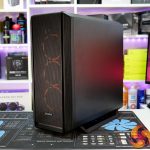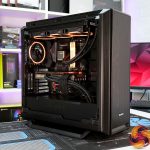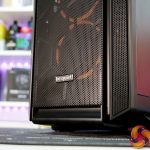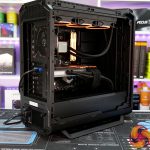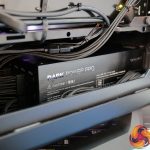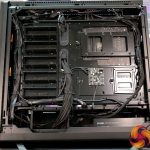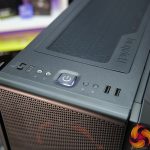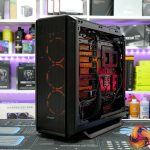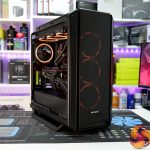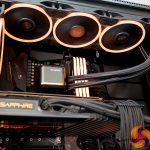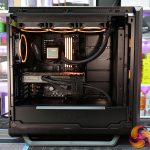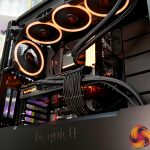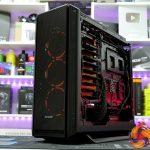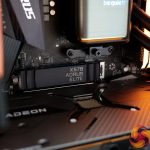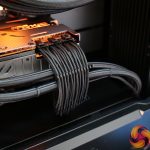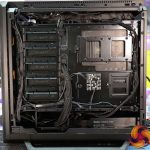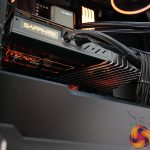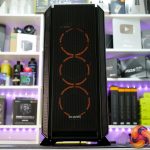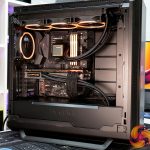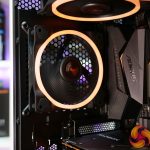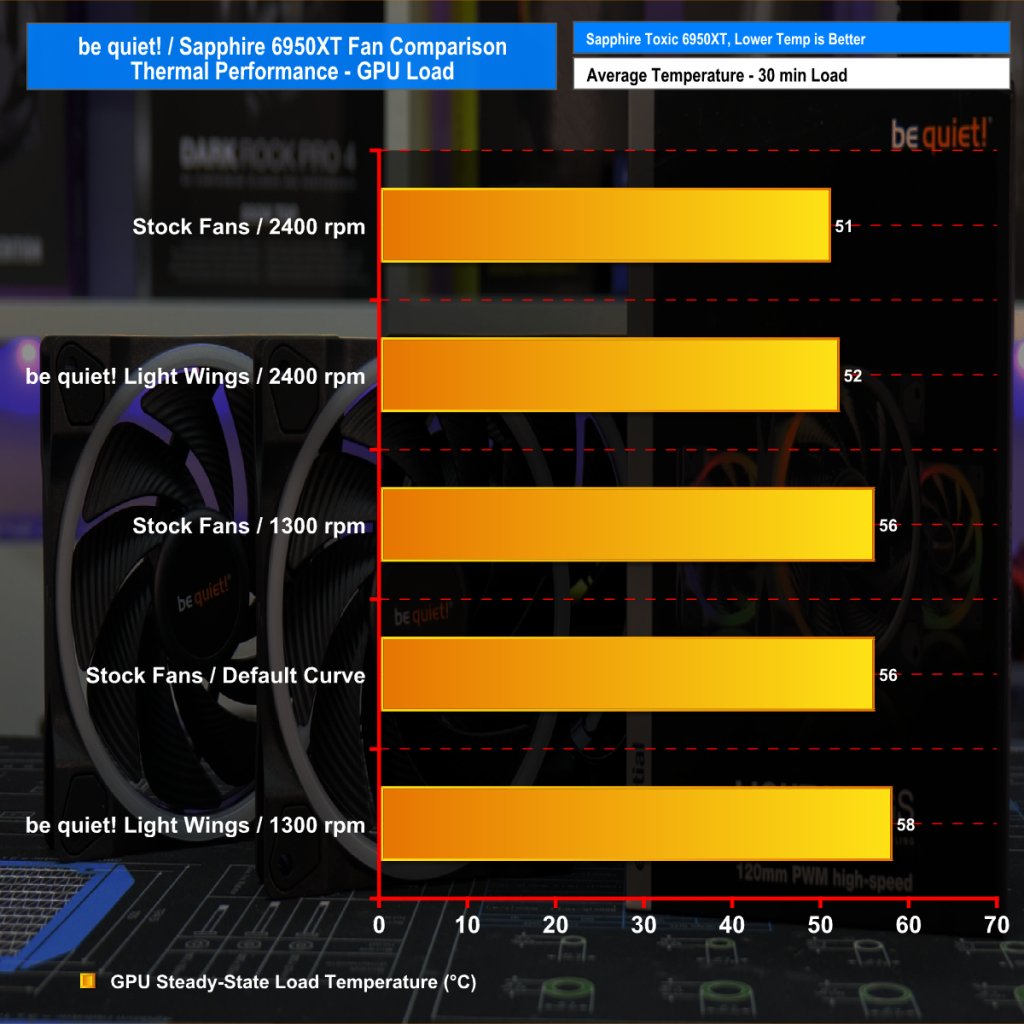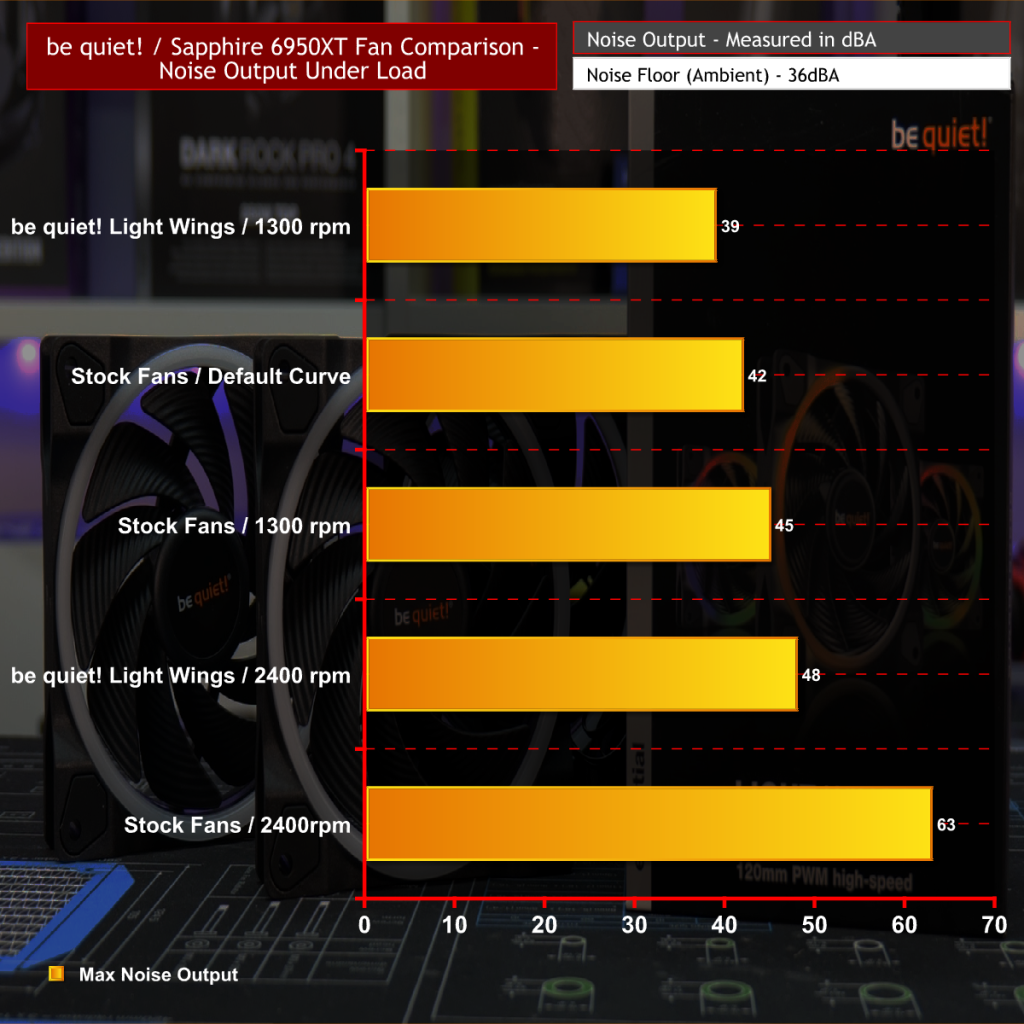In today’s video, we are putting together a high-end gaming PC with a be quiet! theme. Not only that, but it's also the most powerful AMD gaming rig that you could currently build. That’s right, we've got an Ryzen 7 5800X3D CPU paired with AMD Radeon RX 6950 XT graphics, all housed in a stealthy be quiet! system.
Timestamps:
00:00 Introduction
00:30 be quiet! Silent Base 802
05:15 be quiet! Silent Loop 2
06:52 be quiet! Light Wings Fans
08:06 be quiet! Dark Power Pro 12
09:17 Other hardware for the build
11:10 be quiet! time lapse build
18:12 Final Build Discussion
20:22 Testing the Light Wing Fans
23:05 Closing Remarks
As you might have guessed this build is sponsored by be quiet! so we have a few of the company’s latest and greatest parts available to help us build this super powerful gaming rig. The plan is to piece together AMD’s most powerful current generation gaming rig with help from be quiet! to keep noise levels under control and the hardware running icy cool, even when pushed to the limit with some intensive gaming sessions.
We were given a free rein with the choice of be quiet! parts for this build and we think we chose wisely. Here is a quick rundown of the be quiet! parts used in the build, for those of you who might not be so familiar with them. If you are thinking of building a system yourself in the near future, you might want to include some of the be quiet! parts that we featured as the system turned out looking superb in the end.
Case – be quiet! Silent Base 802
Available in black and white, with or without a tempered glass window. The be quiet Silent Base 802 is a revised version of the 801 which brings it up to date with current demands and makes it accessible to more users with different tastes.
OcUK Price: £179.99
Features:
- Interchangeable top cover and front panel (airflow or solid).
- 3 Pure Wings 2 140mm fans included.
- Thick insulation mats on the front and steel side panels.
- Modular design allows the motherboard to be inverted.
- Supports radiators up to 420mm.
- A detachable top bracket ensures easy installation of radiators and fans.
- State-of-the-art I/O-panel with fan controller and USB 3.2 Gen 2 Type C port.
CPU Cooler – be quiet! Silent Loop 2:
Available in 120, 240, 280 and 360mm versions.
OcUK Price: £129.95 (Silent Loop 2 360)
Features:
- Dampened and adjustable pump with a 6-pole motor for very silent and high-performance operation.
- A powerful 3-chamber pump design significantly reduces turbulence and noise.
- Equipped with 3 x Silent Wings 3 PWM high-speed fans up to 2200RPM.
- Addressable RGB lighting zone on the CPU block.
- Easy to access fill port with a bottle of coolant included.
- 3-year manufacturer’s warranty
Fans – be quiet! Light Wings (120mm PWM high-speed)
Available in 120mm and 140mm size, individual and 3-packs with ARGB controller.
OcUK Price: £59.99 3 pack, £22.99 Individual
Features:
- Addressable RGB lighting effects on the front and rear.
- Multiple colours and modes for an individual look thanks to 18 LEDs.
- 9 silence-optimized fan blades for high airflow and low noise-generating turbulences.
- 3 pack comes with an ARGB Hub that allows synchronization of up to 6 ARGB components
- PMW control with speed range up to 2500RPM (120mm high-speed version)
- Great performance-to-noise ratio with 31dB(A) at 2,500rpm.
Power Supply – Dark Power Pro 12
Available in 1200W and 1500W versions available.
OcUK Price: £379.99 (1200W), £429.95 (1500W)
Features:
- 1200W power output.
- 80 PLUS Titanium efficiency (up to 94.7%).
- Full digital control results in higher efficiency, better regulation and lower ripple noise.
- Frameless Silent Wings fan for a virtually inaudible operation.
- Full mesh PSU front with the redesigned funnel-shaped air inlet.
- Aluminium case and modular individually sleeved cables.
- Overclocking key allows users to switch between the standard 6 12v rails and one massive 12v rail.
- Japanese 105°C capacitors ensure the highest stability and reliability
- Ten-year manufacturer’s warranty.
System Specification:
- CPU – AMD Ryzen 7 5800X3D
- Motherboard – Gigabyte X570 Aorus Elite
- Memory – 32 GB (4 x 8GB Modules) Corsair Vengeance RGB Pro SL DDR4-3600
- Graphics Card – Sapphire Toxic Radeon RX 6950 XT
- Case – be quiet! Silent Base 802 (Black, TG Window)
- CPU Cooler – be quiet Silent Loop 2 360
- Power Supply – be quiet! Dark Power Pro 12 1200W 80+Titanium rated
- Fans – 7 x be quiet! Light Wings 120mm PWM High Speed
- Storage – 1TB PNY XLR8 Gaming CS3040 NVMe M.2 SSD
- Operating System – Windows 11
So onto the build, as well as turning out looking great, it was a pretty simple and hassle-free system to put together. A little extra time was needed to be spent on cable management due to the amount of RGB cables coming from the fans, but that’s nothing out of the ordinary for a build these days with most people opting for RGB lighting in one form or another.
The good thing about the Light Wings fans is that they use standard 3 pin 5v ARGB cable connections which makes it easier when building the system as you don’t necessarily need an ARGB controller, you can just connect directly to motherboard headers and use the motherboard software to synchronise RGB lighting which we did and it worked flawlessly.
We opted to install the CPU radiator in the roof of the case using the pull out rad/fan bracket which was useful, it also allowed for the majority of the fan cables to be hidden up behind the radiator too. The graphics card radiator is installed at the front of the case. Removing one of the covers on the power supply shroud was necessary to allow the radiator and tubing to drop down into position which again worked well as it meant the radiator could be positioned centrally on the front panel.
The rest of the build is pretty much self-explanatory, due to the Silent Base 802 being quite a large ATX Mid-Tower case, there was no issue with clearances, in fact, we think pretty much any current-generation graphics card, CPU cooler and power supply will fit in this case with minimal effort needed. Support for up to E-ATX motherboards also means that any desktop system can be built in the Silent Base 802.
Light Wings Fan Performance
Featured in the system is the Sapphire Toxic Radeon RX 6950XT graphics card which we used in a previous build. This is a card we really like so we thought why not use it again in a different configuration. The only minor and I mean very minor gripe we have with the card is the radiator fans as they are difficult to match (in terms of looks) up with other fans in the system.
So, we did a little experiment to see if be quiet! Light Wings fans could be fitted to the radiator and if the fan speed could be configured with some alternative software, as the stock fans use proprietary connections so the Light Wings fans had to be either modded or connected to a motherboard standard 4-pin PWM header, we chose the latter solution and controlled fan speed using Argus Monitor.
Thermal/Noise Performance Testing
To simulate GPU thermal demand, we run the 3DMark Time Spy Extreme stress test simultaneously in a loop for 30 minutes to fully load the graphics card. This allows enough time to reach constant steady-state component temperature. With this data, we can compare how the system handles the thermal demand and measure peak noise levels.
Thermal performance is measured using various fan configurations to determine the optimal thermal performance and noise levels. During testing, only stock case fans are used unless otherwise specified. All water pumps and CPU cooler fans are set to a fixed RPM, so as not to interfere with noise level results when only testing the GPU.
Data shown in the charts represent the average component temperature as measured by HWiNFO, the final 15 minutes of the data are calculated to get the average. The ambient temperature during thermal tests is between 18-20⁰C.
Noise levels are measured by placing a noise meter 300mm from the front of the chassis/test bench while the stress test is running and the peak noise level during the test is recorded. The noise floor (ambient noise level) in the room is 36dBA.
Performance Overview:
Looking at the thermal performance, GPU temperature is very very similar with both the stock Sapphire fans and the be quiet! Light Wings installed. At their maximum 2400 rpm speed, both sets of fans are evenly matched with just a 1°C separating them which we can put down to being within the margin of error.
When we turn our attention to noise output, this is where the be quiet! Light Wings come into their own. As you can see there is a significant reduction in noise levels using the be quiet! Light Wings at a fixed 1300 rpm compared with the stock Sapphire fans. A drop of 6dBA is significant at 1300 rpm, the Light Wings are only a couple of decibels above the noise floor in our testing environment, which means they are barely audible. At maximum rpm, there is a huge difference between the Light Wings fans and the stock Sapphire cooling setup.
There are several benefits to replacing the stock fans with alternatives such as the be quiet! Light Wings. System aesthetics are improved as all the system fans now match so RGB synchronisation is improved. The be quiet! fans run at lower noise levels while providing comparable thermal performance and because of how Sapphire configured the card's cooling, changing the fans and configuring fan speed via a motherboard header and software means you can control the radiator fans independently of the GPU heat sink fan, which further reduces noise levels as in its stock configuration it isn't possible to configure radiator fan speed independently to the heatsink fan which can be quite loud.
Discuss on our Facebook page HERE.
KitGuru says: I am very pleased with how the be quiet! gaming system turned out, the finished PC is one that really appeals to my style with the dark stealthy interior illuminated with the subtle orange RGB lighting giving it the be quiet! touch. All that's left to do with the system now is get on with some gaming! What do you guys think of how the system turned out?
 KitGuru KitGuru.net – Tech News | Hardware News | Hardware Reviews | IOS | Mobile | Gaming | Graphics Cards
KitGuru KitGuru.net – Tech News | Hardware News | Hardware Reviews | IOS | Mobile | Gaming | Graphics Cards


